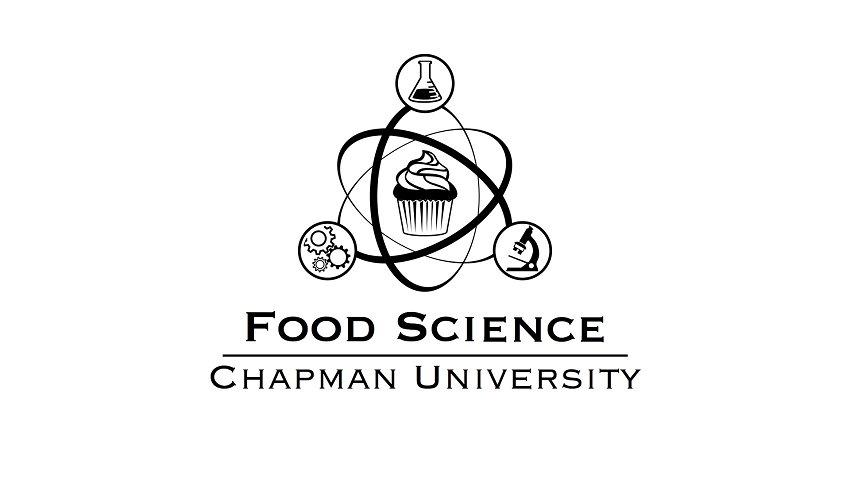I went to San Francisco for winter break this year, and as everyone knows, its a city full of eats. Along with NYC, Chicago, and LA, San Francisco is one of the food capitals of the country. We did eat out for the majority of our meals but I don't want to bore you with details of where I went and pictures of my food. You get enough of that on Instagram and Facebook. Instead, I'll show you the food science-related displays we found in the Exploratorium at the beautiful Palace of Fine Arts.
This contraption explains how a refrigerator works. When you crank the handle on the right, it compresses the Freon inside the chamber.
Here's the explanation up close. Not going to lie, I had to read it a few times to understand it and I still don't fully comprehend how a refrigerator works. Maybe this is why I'm studying to be a food scientist and not an engineer.
This activity allowed you to see how quickly and evenly pans of different materials heated. The one on the right is a cast iron pan while the one on the left is made of stainless steel. Obviously, the cast iron pan is losing the heating race, but it's a much better conductor of heat than the stainless steel one. Plus, a cast iron pan is an item that can be passed down from your lovely mother or grandmother.
This was my favorite station. My mom thickens her beef stew with cornstarch and water and I always wondered why the slurry would start to solidify when mixed but return to liquid when left alone. The answer? Shear thickening! I had heard this term before but didn't fully understand it until I came across this example. I also didn't know that cornstarch + water = Oobleck. Oobleck is an example of a non-Newtonian fluid and, according to Wikipedia, is a result of shear forces overcoming interparticle forces.
The slurry was placed on a disc that vibrated with increasing vigor the harder you pushed a button. Here it is at rest...
...and here it is all shook up. Apologies for the limited visibility, the stuff was all over the plastic cover.
I know this is all elementary knowledge for most of you, but it gives you a chance to see how far you've come and how much you've learned since your earlier days as a future food scientist. For me, it was a nice unexpected introduction to the things I'll be learning soon, now that I am officially taking classes in the Chapman Food Science Program. It would be nice if lectures included fun examples like these!






